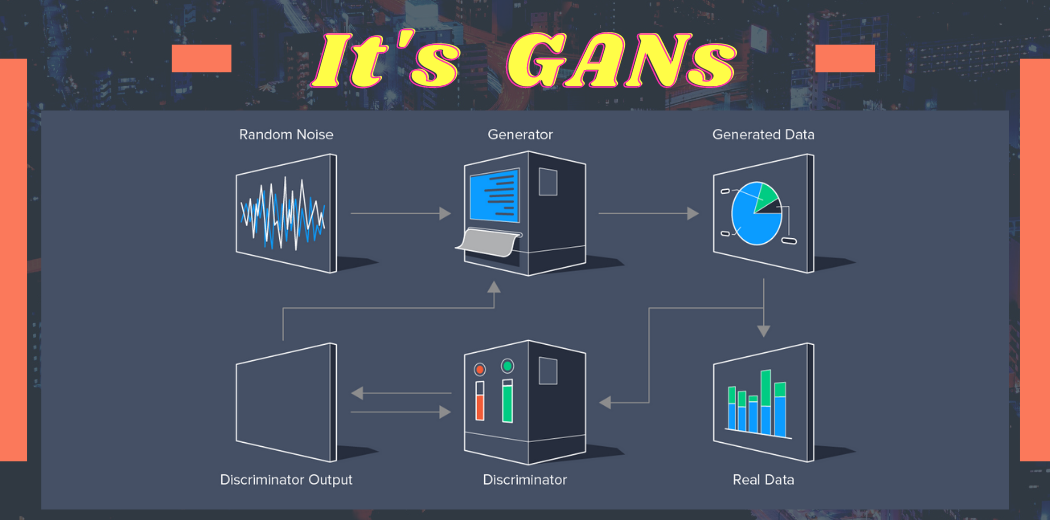The GAN (Generative Adversarial Network) Model is a type of neural network used to generate completely new data. GAN consists of two parts: the generator and the discriminator. The generator is responsible for creating new data, while the discriminator is responsible for distinguishing between real and fake data.
.jpg)
The generator is a convolutional neural network (CNN) that takes a random vector as input and generates an image. The discriminator is also a CNN that takes an image as input. The discriminator outputs the probability of the image being real.
GAN is trained by feeding the generator with fake data and the discriminator with real data. The generator tries to deceive the discriminator by creating data that appears real, while the discriminator tries to recognize fake data. The training process continues until the generator can create data that cannot be distinguished from real data.
One of the benefits of using GAN is that it can generate realistic and diverse data. You can enrich your dataset by using GAN and then use it to train your own model. All you need is a small dataset to create a large dataset using GAN.
You can use GAN to create new realistic images, such as realistic human faces or stunning natural landscapes and animals. These images cannot be distinguished from images in the physical world!
The training process works as follows:
1. The generator generates a fake image.
2. The discriminator is given both the fake and real images.
3. The discriminator outputs the probability for each image.
4. The generator is given the probabilities from the discriminator.
5. The generator adjusts its parameters to create images that are likely to be classified as real by the discriminator.
6. The training process is repeated until the generator can produce images that cannot be distinguished from real images.
You can follow one of the largest courses on Coursera for this extensive model:

